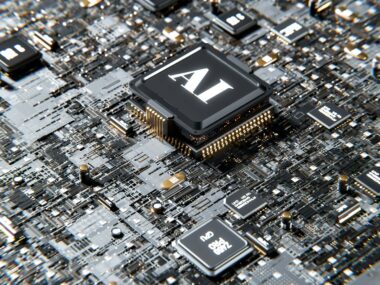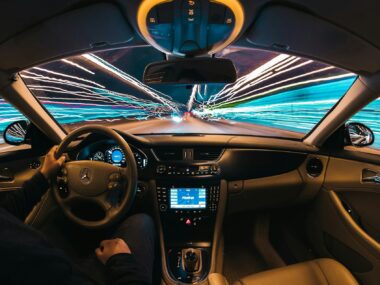In the bustling era of the 21st century, where the digital and physical realms increasingly intertwine, the concept of transportation is undergoing a profound transformation. At the vanguard of this revolution are autonomous vehicles (AVs) and smart transportation systems technologies that promise to reshape our daily commutes, urban planning principles, and environmental footprints.
As we delve into the evolution of autonomous vehicles and smart transportation, it’s essential to consider the impact these innovations have on logistics and moving industries. With the integration of advanced technology, the efficiency of transportation systems is significantly enhanced, leading to smoother transitions in moving goods and services. Full service movers are adapting to these changes by incorporating smart technologies into their operations, ensuring that customers benefit from timely and reliable services. The combination of automation and logistics optimization promises to reshape how we view transportation in the moving sector, making it more responsive to consumer needs and environmental considerations.
This post takes a closer look at the dynamic evolution of AVs and smart transportation, exploring their potential to redefine mobility for tech enthusiasts, commuters, and urban planners alike.
The Dawn of Autonomous Vehicles
Autonomous vehicles, or self-driving cars, were once figments of science fiction. Today, they are rapidly becoming a reality, thanks to advancements in artificial intelligence (AI), machine learning, and sensor technology. The development of AVs represents a paradigm shift in how we perceive and interact with vehicles, offering a future where cars can operate without human input, navigating complex environments with precision and safety.
The Five Levels of Autonomy
Understanding the evolution of AVs requires familiarizing oneself with the five levels of autonomy:
- Level 0: No autonomy. The human driver controls all critical functions.
- Level 1: Driver assistance. Features like cruise control offer minimal support.
- Level 2: Partial automation. The vehicle can control steering and acceleration under specific conditions, but human supervision is essential.
- Level 3: Conditional automation. The car can manage most driving tasks, but human intervention is needed in certain scenarios.
- Level 4: High automation. The vehicle can operate independently in specific environments, such as urban areas or designated highways.
- Level 5: Full automation. No human intervention is required at any time.
Challenges and Opportunities
The road to fully autonomous vehicles is laden with both challenges and opportunities. Ethical dilemmas, regulatory hurdles, and technological barriers must be navigated, but the potential benefits are immense. AVs hold the promise of reducing traffic congestion, cutting down on emissions, and enhancing road safety, heralding a more sustainable and efficient future.
Paving the Way for Smart Transportation
Parallel to the development of AVs is the rise of smart transportation systems. These systems leverage IoT (Internet of Things) technologies, big data, and connectivity to create more efficient and adaptive transportation networks.
Key Components of Smart Transportation
- Intelligent Traffic Management Systems (ITMS): Employ sensors and AI to analyze traffic patterns and adjust signal timings, reducing congestion and improving traffic flow.
- Smart Mobility Solutions: Include ride-sharing platforms and micromobility services like e-scooters and bikes, offering flexible and eco-friendly alternatives to traditional transportation.
- Connected Infrastructure: This involves embedding sensors in roads, bridges, and signs to collect data for maintenance and safety purposes, fostering a seamless interaction between vehicles and their surroundings.
The Role of Data and Connectivity
At the heart of smart transportation is the utilization of data and connectivity. By harnessing comprehensive datasets and facilitating vehicle-to-everything (V2X) communication, cities can optimize transportation networks, enhance public transit systems, and provide citizens with real-time information to make informed travel decisions.
Navigating Towards a Smarter Future
The integration of autonomous vehicles and smart transportation systems paints a picture of a future where mobility is not just about getting from point A to point B, but about doing so in the most efficient, safe, and sustainable manner possible. For tech enthusiasts, commuters, and urban planners, this future offers exciting possibilities:
- Tech Enthusiasts can look forward to engaging with cutting-edge technologies and innovations that push the boundaries of what’s possible.
- Commuters stand to benefit from more reliable, convenient, and accessible transport options, potentially transforming the daily grind into a more pleasant experience.
- Urban Planners face the challenge and opportunity to redesign cityscapes, leveraging these technologies to create inclusive, resilient, and sustainable urban environments.
The path toward autonomous vehicles and smart transportation is full with challenges, but the potential rewards for society are undeniable. By continuing to innovate, collaborate, and push forward, we stand on the brink of a new era in mobility one that promises not just to change how we travel, but to improve the very fabric of our cities and lifestyles.






